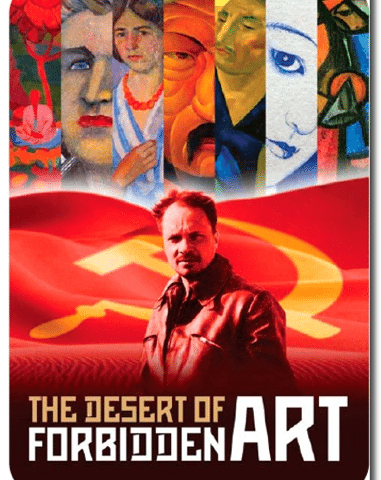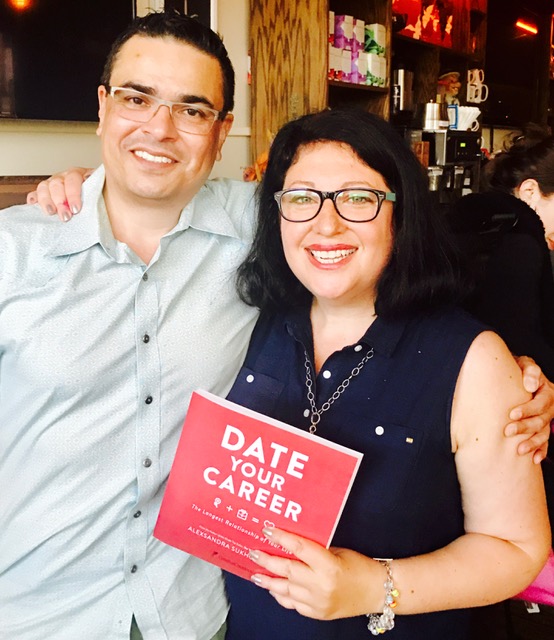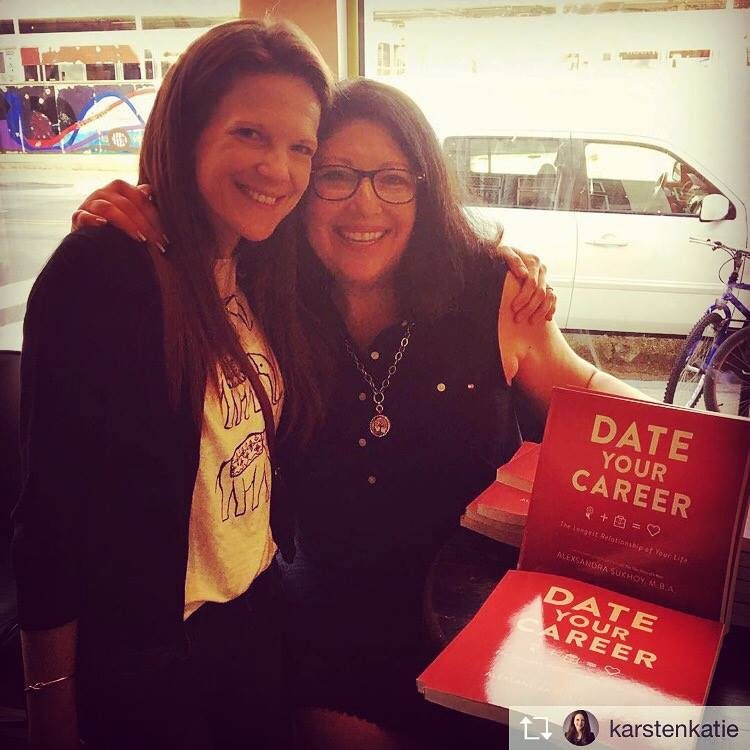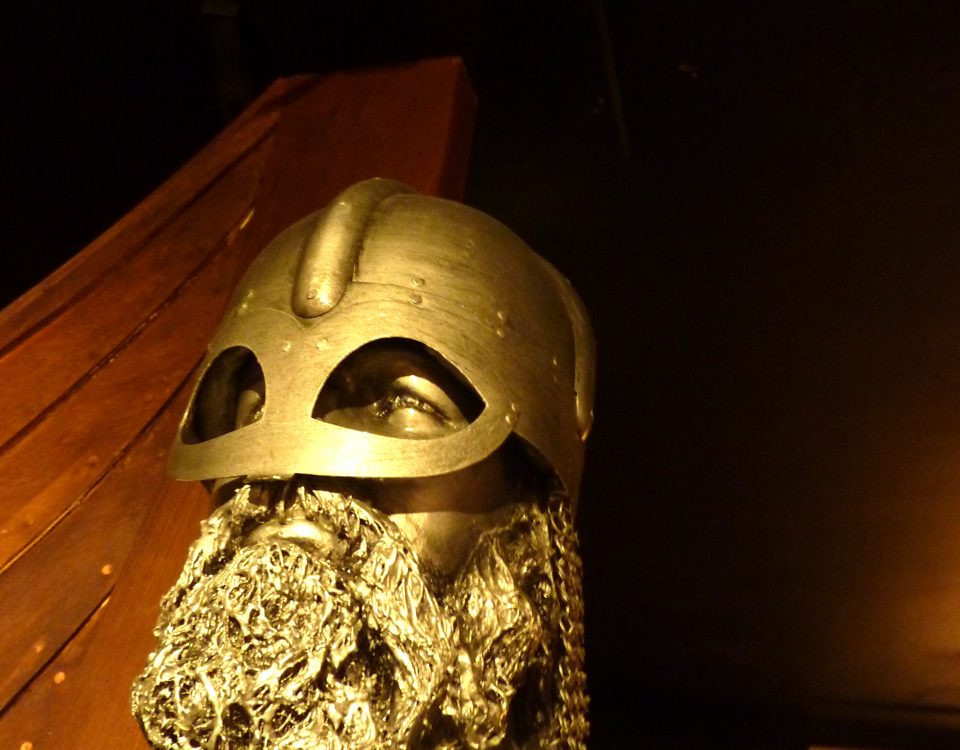- Begin Your Growth Plan Today!
- (216) 410-3825
- info@creativecadence.com
The Desert of Forbidden Art: An International Treasure Resurfaces in Cleveland
Once in a while a cultural phenomenon comes along, resonates with its audience – men and women, young and old, American, Asian and European, Christian, Jewish and Muslim – and penetrates so deeply that it connects all of the above, reminding us that we aren’t all that different. The band U2 has this power, so did Picasso, as well as last year’s big Oscar winner Slum Dog Millionaire. These messengers of truth arrive on Earth, touch our souls and collectively reinstate a sense of transformed order in an otherwise chaotic, political and power-through-violence world.
We need the arts. If, for no other reason, according to Martin Scorsese, who turned to movies as his survival mechanism, it’s to sit in a theater and to finally “feel safe.” If a film does its job, it transports us to a different place, like a virtual time machine, introducing us to cultures, characters and complications that are simultaneously new and familiar. If a film excels, then we come back, over and over again, each time catching a new detail, a fresh perspective and even a deeper appreciation for the message. Any real Godfather fan can quote most of the lines, knows what happens and, on the thirtieth viewing, still may have that split second surprise, like realizing that Fredo’s entrance in Godfather Two is directly related to his exit.
Documentaries, or non-fiction films, while never completely sans bias, are one of the last beacons of articulating reality as it happened. According to Michael Pappas, a screenwriting student at Tri-C, “Big news media hides the truth and the independent filmmakers supply the truth.” A successful biography articulates a compelling and powerful story, engaging the viewers in a discovered verity, shaping perspective and, if executed masterfully, still entertaining open eyes and curious minds. The Desert of Forbidden Art, screening at the Cleveland Museum of Art on Wed 11/17, is a film festival darling that made its Northeast Ohio debut at the Cleveland International Film Festival (CIFF) this past Spring, and has been captivating the globe ever since.
Desert, written, directed and produced by Amanda Pope and Tchavdar Georgiev, tells the tale of Igor Savitsky, a passionate man living in the middle of the Uzbekistan desert, who, during Communism, began to collect the very art that Soviet officials imprisoned and killed artists for making. The art, a mixture of the European Avant-garde from prophetic painters such as Natalia Goncharova, and Muslim influence, accumulated under Savitsky’s watchful eye and persistent connections. Eventually, he even managed to convince the Moscow government to fund the very art it forbade and to open the Nukus Musuem.
The Nukus currently curates and takes care of over 40,000 pieces and had been a relatively unknown creative Mecca until discovered by Stephen Kinzer, a New York Times reporter who wrote a piece that changed everything. Since that story first ran, not only have wealthy investors taken private jets for a rare chance to acquire the masterpieces, some worth millions at auctions, but, combined with the film, this has all been according to Pope, “a tremendous tourist boost to Uzbekistan” with the New York Times declaring the Nukus, “one of the 100 places you must see before you die.”
The documentary, a seven year labor of love, has now screened in over thirty other festivals and in over a dozen countries, including England, Germany, France, Brazil, Israel, Korea, Columbia, Bulgaria, Estonia, Russia, New Zealand, Canada and China. According to Pope, “It all started with Cleveland. Everything got rolling after it opened at the CIFF. It’s one of the first we went to. Bill (Guentzler, Artistic Director) works hard to bring to Cleveland the widest range of films that are worthy. It’s a beautifully run festival.”
The film’s Northeast Ohio connection dives deeper. Oberlin invited Pope and Georgiev to visit the campus for a class screening and, as a result, an internship program might be developed. Even Marinika Babanazarova, the director of the Nukus Museum, was scheduled to arrive and participate in the dialog. Then in a sadly ironic twist, the Uzbekistan Ministry of Culture and Sports forbade the trip. Additionally, back in Spring, discussion transpired regarding the CMA potentially positioning itself as the very first host museum to showcase the Nukus artwork. With David Franklin appointed as the new CMA director, the city will now wait to see what his vision for the city’s museum will be and whether there is a potential for a future exhibit.
Despite the dramatic events, Desert is returning to Cleveland. According to Georgiev, John Ewing, Director of Cinémathèque, “wanted to show it again (and felt) that there’s a large enough audience that may have missed the film.” Continues Georgiev, “This is a unique opportunity to enter a world that people don’t know anything about and experience a world-class treasure. It shows you that Islam and the West, combined together, can coexist peacefully.”
Perhaps that is where real power comes from – not from force, but from connection. Perhaps it’s a film like Desert that can change the world, or at least our perception of it. Perhaps, at a time of disjointed America, a story like this can refocus us on what’s possible, opening the door to a healing transformation.
The Desert of Forbidden Art runs on Wed 11/17 at 7:30PM at the Cleveland Museum of Art. Get info and tickets at https://tickets.clevelandart.org/public/auto_choose_ga.asp?area=15. Additional information regarding the film, including the trailer, can be viewed on http://Users/SVoloshin/Dropbox/MAMP/creativecadence.DesertOfForbiddenArt.com.
Reprinted with permission and gratitude from CoolCleveland.com. Film Poster: The Desert of Forbidden Art.







